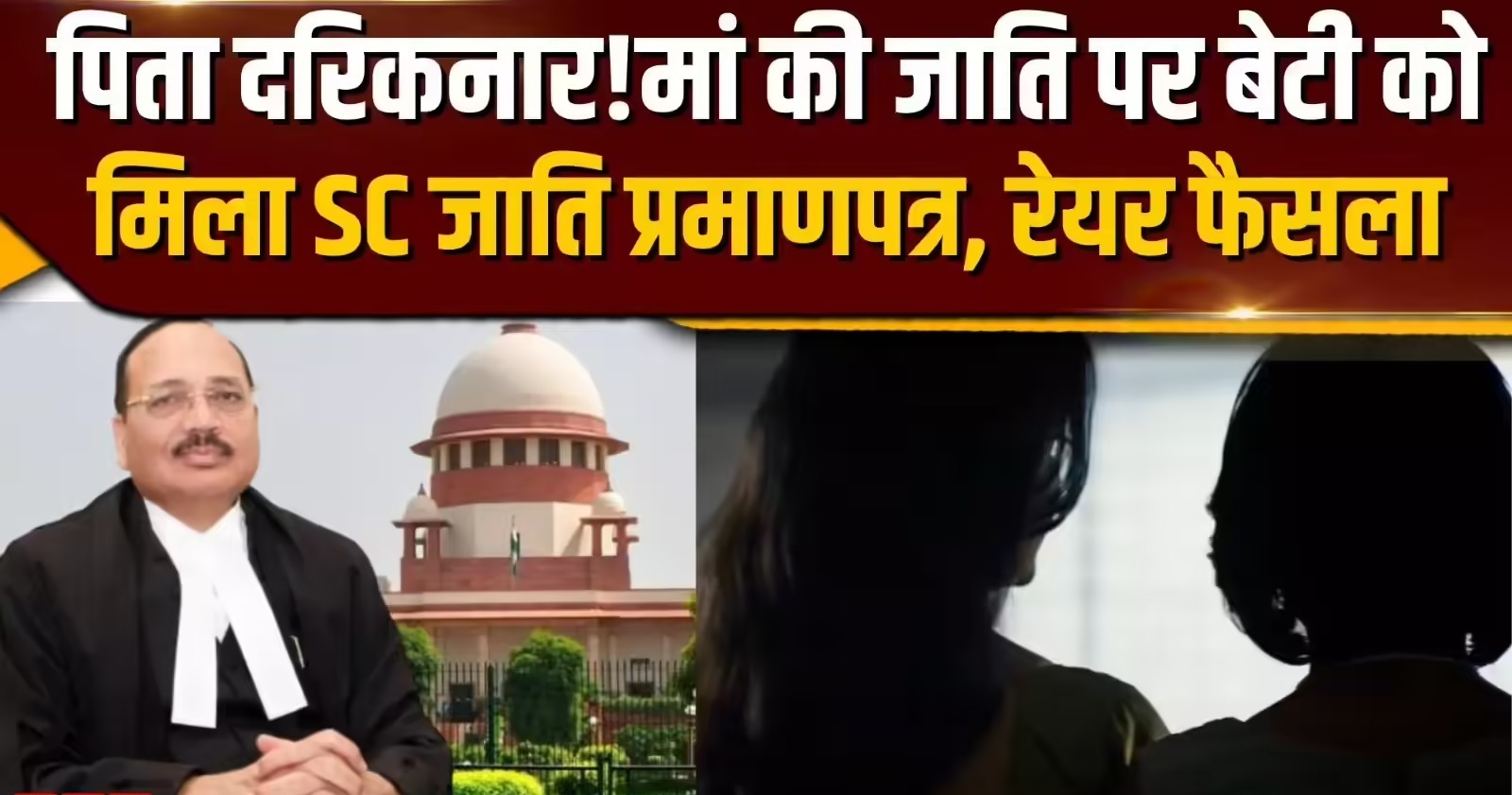Mukerji, J.@mdashThese two appeals arise out of two applications made by the plaintiff landlord for settling fair and equitable rent under the provisions of Sction 105 of the Bengal Tenancy Act. The defendant''s have been recorded in the Record of Rights as occupancy raiyats. Appeal No. 22 relates to Khatian Nos. 196, 201 and 288 of Mouza Pathair and Appeal No. 510 relates to Khatians Nos. 29, 43, 55, 59 and 120 of Mouza Bardeil. The Assistant Settlement Officer held that the tenants had succeeded in proving that they were holding the jamas at a uniform rate of rent for twenty years prior to the institution of the proceedings and that, therefore, the jamas were not liable to enhancement having regard to Section 50, Sub-section (2) of the Bengal Tenancy Act. On appeals being preferred by the plaintiff against the decision of the Settlement Officer, the Special Judge set aside the decision of the primary Court holding that the jamas were liable to enhancement and ordered enhancement at the rate of 2 annas 6-pies in the rupee. Against this decision of the Special Judge, the present appeals have been preferred by the tenants.
2. It will be convenient to deal with the two appeals separately; and I propose, first of all, to take up Appeal No. 22. This appeal, as I have said, relates to three Khatians Nos. 196, 201 and 288. So far as Khatians Nos. 196 and 201 are concerned, the learned Special Judge observes that, with regard to Khatian No. 196, it is shown that the rent from 1293 to 1305 was what it is now and the tenant states that it has not been changed but that no evidence apart from the statement of the tenant is to be found with regard to the rate of rent for the last twenty-two years; and, as to Khatian No. 201, he observes that there is one dakhila of 1300, but there is no evidence except the verbal statement of the tenant with regard to the rate of rent for the subsequent 27 years. On those facts, the learned Special Judge was not inclined to give the tenants the benefit of the presumption which arises u/s 50 (2) of the Bengal Tenancy Act. In arriving at this conclusion, the learned Judge, in my opinion, erred on a point of law. It has been held in a series of cases in this Court that, in order to prove that a tenant has been holding at a uniform rate of rent for twenty years, it is not necessary that he Should prove payment of rent for all those years and produce dakhilas for everyone of those twenty years. A presumption similar to that contained in Section 50 (2) of the Bengal Tenancy Act will be found embodied in Section 16 of Act X of 1859. In the case of Kattyani Debea v. Soonduree Debea 2 W. R. Act X, Rule 60, the learned Judges observed as follows: "It is not absolutely necessary that dakhilas should be for twenty consecutive years before the date of suit, for, it might frequently happen that parties, with every right to the presumption, might lose one or two dakhilas here and there during such a long period; and it would be manifestly unjust to deprive them of the benefit allowed by law when no suspicion could arise of misfeasance, merely because one or two of these receipts had been mislaid or lost. In the present case, the missing dakhilas are for years about the middle of the period, and we do not think that their non-appearance should defeat the special appellant''s claim to the presumption." In the case of Elahee Bukhsh v. Roopun Telee 7 W. R. 284, the learned Judges observed: "In order to take the benefit of the presumption which the law allows to be raised from proof of the fact that rents have not varied for twenty years previous to the suit, raiyals can give what is the best proof of non-variation, namely, that they have paid uniformly for the twenty years preceding the suit.... When receipts are filed, not for the entire period of twenty years preceding suit bat some are wanting here and some there in that interval, still uniform payment may be proved otherwise for the wanting years by other proof, and from surrounding circumstances." The same view was taken in a number of other cases in this Court---notably in the case of Catherine Foschola v. Huro Chunder Bose 8 W. R. 284, in which it was said that "it is sufficient if the whole space of that time is included between limits upon which the evidence bears provided that that evidence is such as to lead to the belief that the rent was uniform throughout, the intervening period. In a recent case of this Court, namely the case of Satish Chandra Biswas v. Nil Madhab Saha 73 Ind. Cas 77 : 37 C. L. J. 598 : A. I. R. 1923 Cal 665, it was laid down that "for a presumption to arise u/s 50, Sub-section (2), of the Bengal Tenancy Act, what a tenant has got to establish is not that rent has been actually paid at a uniform rate during twenty years, but that the tenant has held at a rent or rate of rent which has not been changed during twenty years. Such holding may be established even if it is not proved that rent has actually been paid during a portion of the twenty years." The learned Judges further observed that in order to establish uniform payment of rent for twenty years, it is not necessary to produce rent receipts for the entire period of twenty years preceding suit. Uniform payment for the wanting'' years may be proved otherwise by other proof and from surrounding circumstances." In another case of this Court, namely, the case of
3. The question then remains as to whether the case should be sent back for a further consideration by the learned Special Judge with regard to these two Khatians. In view of the fact that the evidence which is on the record and which was believed by the Court of first instance has not been disbelieved by the learned Special Judge and in view also of the fact that there are no circumstances from which it may be inferred that there was a change in the tenancies or that there was a variation in the rents between those that are evidenced by the dakhilas which have been produced and the rents that are being paid at the present time, I think, it would be a mere waste of time to send the case back for a further consideration by the Court of Appeal below be far as these two Khatians are concerned. I am of opinion notwithstanding the observations of one of the learned Judges in the case to which I have last referred and with all deference to those remarks that it is open to us, having regard to the fact that this finding of the learned Judge is no longer in our way, to deal with the case Upon the admitted facts and to hold that in view of the circumstances proved in the case, the tenants are entitled to the presumption contained in Section 50, Sub-section (2) of the Bengal Tenancy Act. I am, therefore, of opinion that, so far as these two Khatians are concerned, the decision of the Special Judge should be set aside and that of the Assistant Settlement Officer restored.
4. As regards Khatian No 288, the position seems to be this: The learned Special Judge says that there are no dakhilas'' produced so far as this Khatian is concerned. It appears, however, that certain dakhilas were produced relating to this Khatian. They were before the Assistant Settlement Officer when he dealt with the case. After the disposal of the case by the first Court, these dakhilas were taken away by persons other than the tenants who produced them before the Court; and, after the appeal had been disposed of by the learned Special Judge, an application was made to him by the: tenants praying for an opportunity of getting these dakhilas admitted in the record of the case. That application was, however, refused. From the application that was filed before the Special Judge, it appears that the dakhilas were taken away by some third party and, after search, the tenants were able to get hold of those dakhilas. The case, so far as Khatian No. 288 is concerned, must, therefore, be sent back to the learned Special Judge in order that he may admit these dakhilas into the record, take them into consideration and then come to a proper finding and dispose of the case.
5. The result, therefore, is that Appeal No. 22 is allowed in this way. So far as; Khatians Nos. 196 and 201 are concerned, the decree of the lower Appellate Court is set aside and that of the Court of first instance; is restored with costs to the tenant both in this Court and in the Court of Appeal below; so far as Khatian No. 288 is concerned the decree of the lower Appellate Court is set aside and the case is remitted to the learned Special Judge to be dealt with in accordance with the observation made above. Costs of the parties with reference to this Khatian will abide the result. We assess the hearing-fee in this Couit at eight rupees, per Khatian.
6. Appeal No. 510, as I have stated, relates to 5 Khatians, namely, Khatians Nos. 29, 43, 55, 59 and 120. The learned Special Judges dealt with all these Khatians in a lump and his judgment, so far as these Khatians are concerned, is this: "In some, there are variations which it is sought to explain by saving that portions of the jama were sold. Where this is the case, although there is a rough proportion between the various areas and the various rents paid, there remains no proof that the rent or rate of rent remained unchanged particularly as it is not the case of either party that any fixed rate was in force." I am not satisfied that this is a proper way of dealing with these Khatians. If there was a proportion between the different areas and the different rents that were paid, the question that had to be considered was whether from the materials disclosed it could be held that there was no variation of rent; and in this respect the materials relating to the different Khatians could not possibly have been of exactly the same, nature. It is desirable, therefore, that the learned Judge should deal with each of these Khatians separately, come to a proper finding of fact with regard to each of them and then decide whether the tenant is entitled to the benefit of the presumption contained in Section 50, Sub-section (2) of the Bengal Tenancy Act. This appeal, therefore, is allowed. The decision of the Special Judge is set aside and the case is sent back to him so that he may deal with it in accordance with the observations made above. Costs will abide the result. The hearing-fee in this Court is assessed at eight rupees per Khatian.
Walmeley, J.
7. I agree.

